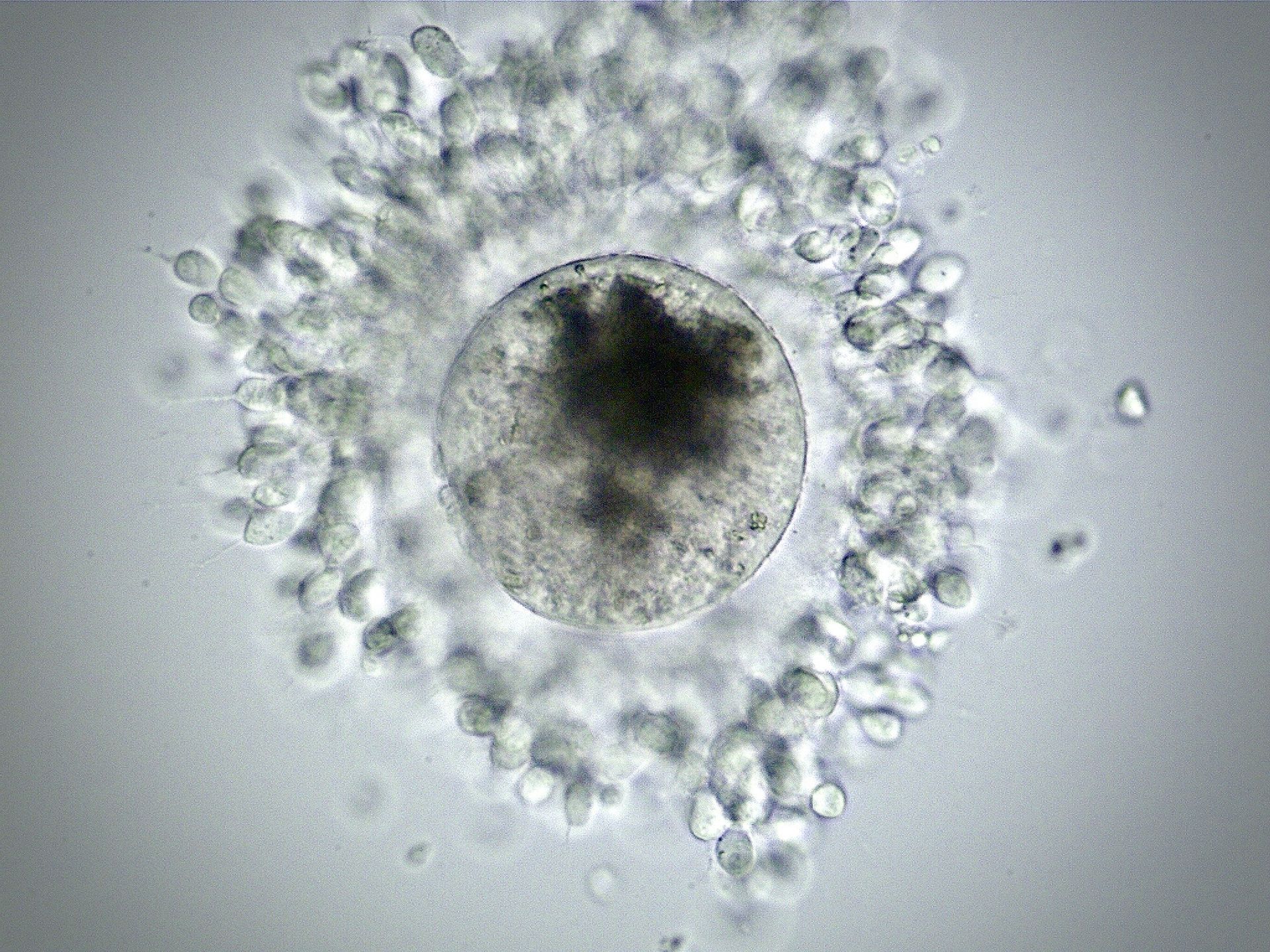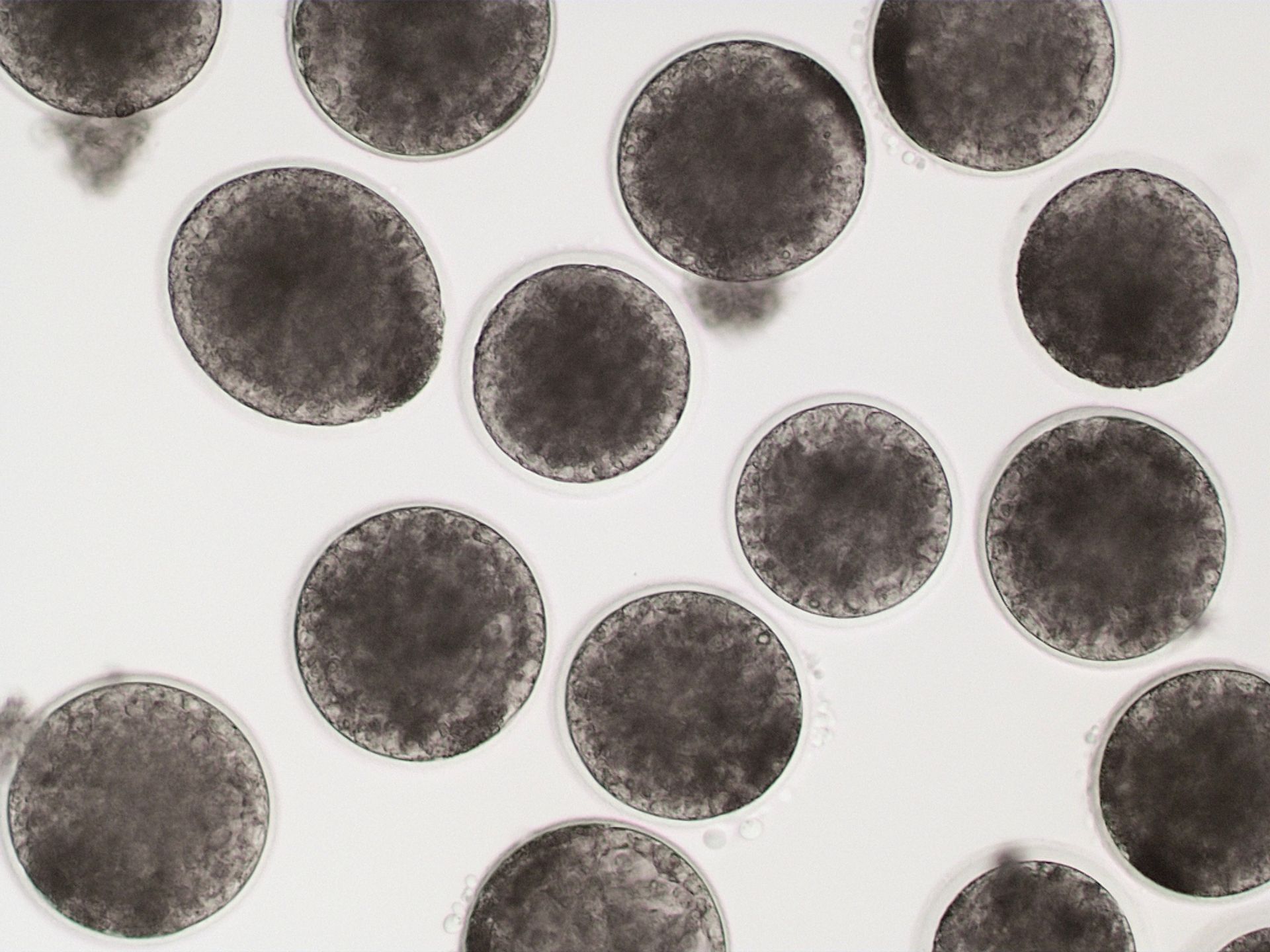Choosing an Equine ICSI Laboratory
Not all ICSI labs are alike….
Experience
EMS has been producing embryos from ICSI since 2005, gathering years of expertise along the way. ICSI at EMS is performed, not by technicians, but exclusively by veterinarians with broad experience. These veterinarians not only are intricately knowledgeable in laboratory processes, but they also understand the mares that the oocytes came from, the recipients the embryos will go into, and the industry as a whole. There is a combined total of 46 years of ICSI laboratory experience in our lab from veterinarians that have a combined 90 years of equine reproduction practice experience.
Transparency
Your equine ICSI laboratory should be able to give you accurate current embryo production figures so you can objectively compare laboratories for your mare’s oocytes. It is not uncommon for labs to provide you with “expected results” which sometimes do not reflect accurately on reality. EMS is proud of our results, and will provide you with those numbers, as shown in the tables below.

Quality
Quality refers not only to the health of the embryos produced, the skill and care involved in embryo production, but also to the communication provided by office personnel. We are committed to maximizing both.
Research
A strong tradition of research at EMS has resulted in more embryo culture and maturation medium research than perhaps anywhere in the world, producing several proprietary enhancements in culture medium as well as sperm processing for ICSI. During the late summer, fall, and early winter research is a primary focus of the ICSI lab, as the recipient herd provides 2-3,000 oocytes each year for experiments to advance media formulations with large enough trial numbers to provide valid results. This has yielded nearly yearly improvements in embryo production and, even more importantly, embryo quality, vigor, and health. This research is a primary reason that EMS has a reputation for producing embryos that result in pregnancies and pregnancies that result in foals.

Production
Blastocyst (embryo) production is the first number to compare. This is generally displayed as the percentage of blastocysts produced per fertilizable oocyte, and is a good indicator of the health of a laboratory’s culture system. Maturation and cleavage percentages are also important but don’t describe the laboratory as completely. Laboratory staff evaluation and classification of presumptive embryos is also critically important and can skew the reported blastocyst numbers, so that the ultimate test of a laboratory is the pregnancy rate of the embryos produced.
Pregnancies
The
gold standard for evaluating ICSI laboratories is the production of pregnancies and eventually foals. The pregnancy rates for both fresh and frozen-thawed embryo transfers are vitally important, and we find that the high quality of embryos produced as well as EMS’s proprietary embryo vitrification protocol yield the highest results. While some labs may report glowing numbers for embryo production, foal production is what really matters.
Current ICSI Embryo Production (January-November 2025)
| Oocytes | Maturation | Cleavage | Blastocysts | |
|---|---|---|---|---|
| In-House | 7,468 | 4,500 (60.2%) | 3,307 (73.5%) | 1,284 (28.5%) |
| Transported | 9,856 | 5,494 (55.7%) | 3,988 (72.6%) | 1,409 (25.6%) |
| Total | 17,324 | 9,994 (57.7%) | 7,295 (73.0%) | 2,693 (26.9%) |
Current ICSI Embryo Transfers at EMS (January-November 2025)
| Embryos Transferred | Pregnancy | 30 Day Pregnancy | |
|---|---|---|---|
| Fresh | 235 | 74.5% | 88.4% |
| Vitrified (frozen)/thawed | 526 | 75.5% | 88.7% |
| Total | 760 | 75.1% | 88.6% |
